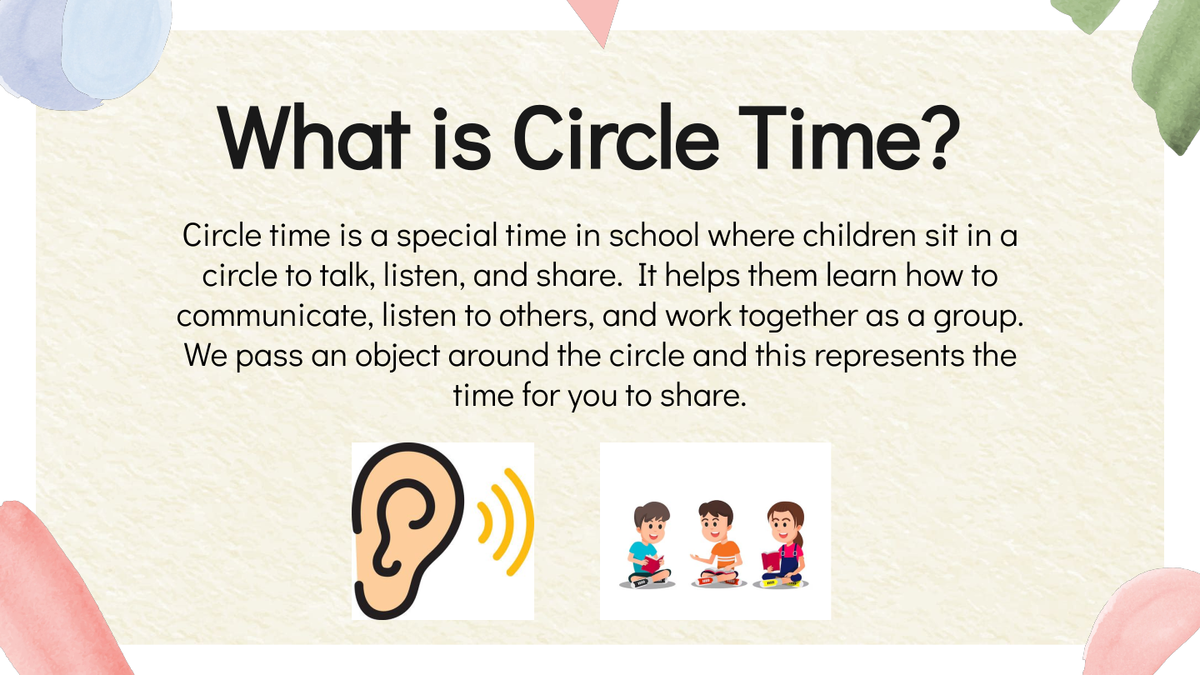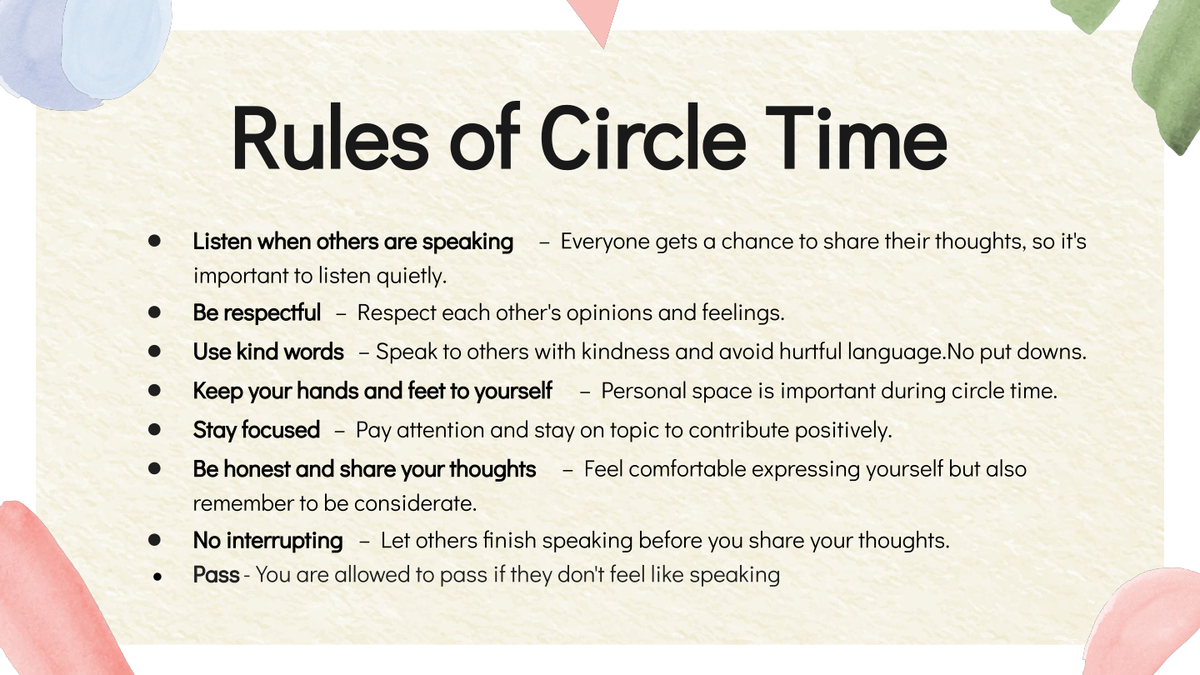Learning Diversity
Upcoming PSGs will occur in Week 10. The learning diversity team look forward to sharing Personalised Learning Plans with parents over the week. Sharing goals, what is working well and showcasing all the supports that are in place to ensure our learners are flourishing is what we are most excited about as the term draws to an end. Student Adjustment plans will be sent out to families very soon. These plans highlight the amazing support we offer our students to ensure success in many aspects of a student's learning journey.
Circle Time at St Brigid's
MHiPS & RRRR
Mental Health in Primary Schools & Resilience, Rights & Respectful Relationships
Helping Kids Identify and Express Feelings
This term our explicit social and emotional wellbeing teaching has been focused on developing emotional literacy. We know that when kids learn to manage their emotions in childhood it leads to positive attitudes and behaviours later in life. Kids who learn healthy ways to express and cope with their feelings are more likely to:
- Be empathic and supportive of others
- Perform better in school and their career
- Have more positive and stable relationships
- Have good mental health and wellbeing
- Display less behavioural problems
- Develop resilience and coping skills
- Feel more competent, capable and confident
- Have a positive sense of self
Here are some of the ways you can help your child learn about and express their feelings:
- Tune into cues - Sometimes feelings can be hard to identify. Tune into your child’s feelings by looking at their body language, listening to what they’re saying and observing their behaviour. Figuring out what they feel and why means you can help them identify, express and manage those feelings better.
- Behind every behaviour is a feeling - Try to understand the meaning and feeling behind your child’s behaviour. You can help your child find other ways to express that feeling once you know what is driving the behaviour.
- Name the feeling - Help your child name their feelings by giving them a label. Naming feelings is the first step in helping kids learn to identify them. It allows your child to develop an emotional vocabulary so they can talk about their feelings.
- Identify feelings in others – Provide lots of opportunities to identify feelings in others. You might ask your child to reflect on what someone else may be feeling. Cartoons or picture books are a great way discuss feelings and helps kids learn how to recognise other people’s feelings through facial expressions.
- Be a role model - Kids learn about feelings and how to express them appropriately by watching others. Show your child how you’re feeling about different situations and how you deal with those feelings.
- Encourage with praise - Praise your child when they talk about their feelings or express them in an appropriate way. Not only does it show that feelings are normal and it’s ok to talk about them, it reinforces the behaviour so they are likely to repeat it.
- Listen to your child’s feelings - Stay present and resist the urge to make your child’s bad feelings go away. Support your child to identify and express their feelings so they are heard. When feelings are minimised or dismissed, they will often be expressed in unhealthy ways.
Source - https://kidshelpline.com.au/parents/issues/helping-kids-identify-and-express-feelings
PBL - Positive Behaviours for Learning








